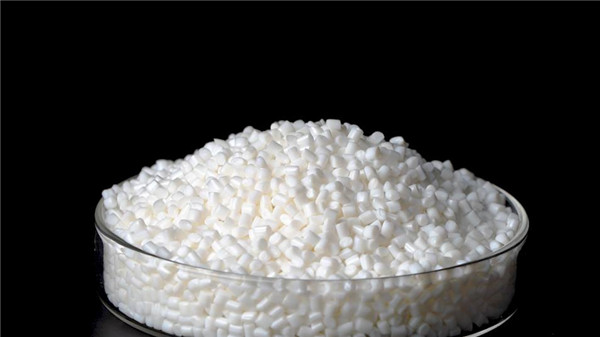Optical fiber cables have become the backbone of modern communication systems. The performance and durability of these cables are critical to the reliability and quality of communication networks. The materials used in these cables play a crucial role in ensuring that they can withstand harsh environments and provide stable transmission over extended periods.

One such material that has been gaining attention in the industry is Polybutylene Terephthalate (PBT). PBT materials offer excellent mechanical, electrical, and thermal properties that make them suitable for use in optical fiber cables. One of the key advantages of PBT materials is their low moisture absorption rate, which has a significant impact on the stability and durability of the cables.
Moisture absorption in cables can lead to a variety of problems, including signal attenuation, increased cable weight, and decreased tensile strength. Moisture can also cause corrosion and damage to the cable over time. However, PBT materials exhibit a low water absorption rate, which helps to reduce these issues and improve the overall stability and durability of the cables.
Studies have shown that PBT materials can absorb as little as 0.1% moisture content under normal conditions. This low moisture absorption rate helps to maintain the cable’s mechanical and electrical properties over time, preventing degradation or damage to the cable. Additionally, PBT materials provide excellent resistance to chemicals, UV radiation, and extreme temperatures, further enhancing the cable’s durability and performance.
In conclusion, the low moisture absorption rate of PBT materials makes them an ideal choice for use in optical fiber cables. By providing improved stability and durability, PBT materials can help ensure the reliable performance of communication networks. As the demand for high-quality communication systems continues to grow, the use of PBT materials is expected to increase, making it a promising material for the cable industry.
Post time: Apr-24-2023

